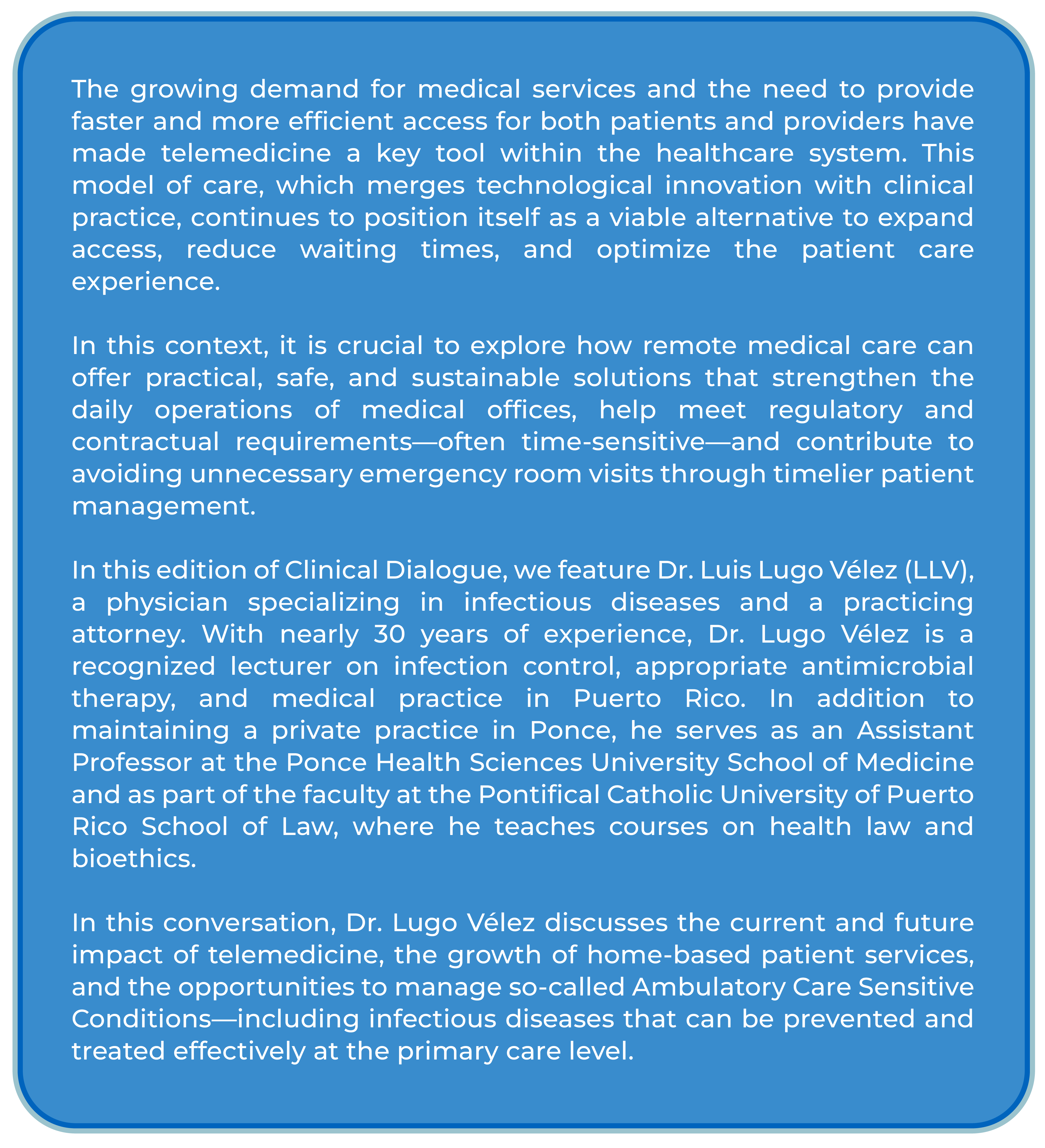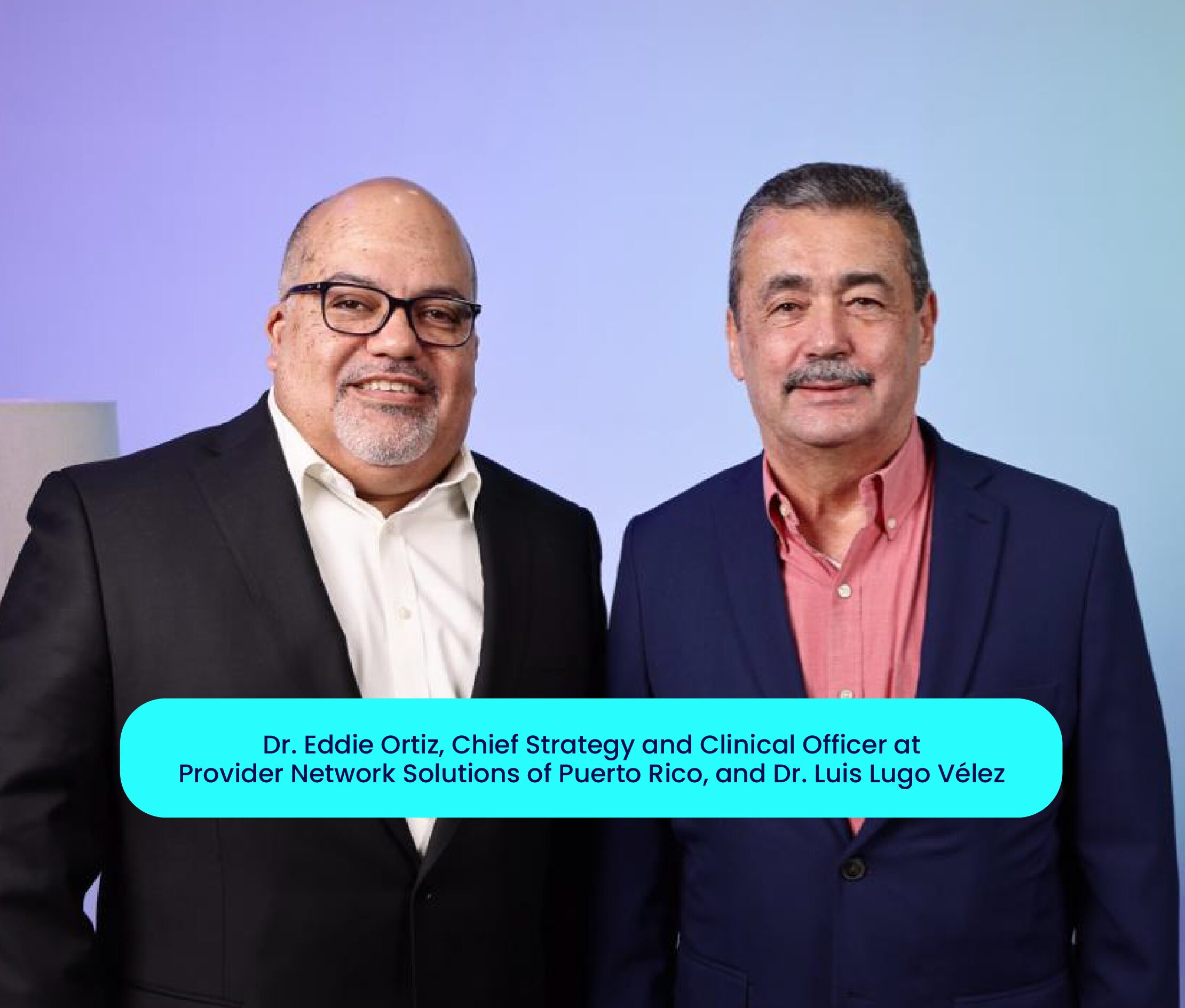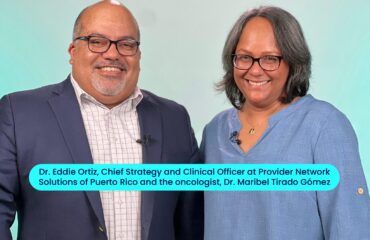This post is also available in:
 Español (Spanish)
Español (Spanish)
Interview by Dr. Eddie Ortiz with Infectious Disease Specialist and Attorney, Dr. Luis Lugo Vélez
You can watch the full interview here: Telemedicine and Ambulatory Care: Tools for More Accessible and Efficient Medical Care

▶ EO: Doctor, what is telemedicine, how has it developed in Puerto Rico, and what laws regulate it locally?
▶ LLV: Telemedicine emerged as an alternative in medical practice in the 1970s, when computers, the internet, and mobile phones began to develop. However, its boom as a medical practice came after the COVID-19 pandemic, when we were confined, medical offices were closed, but patients still had healthcare needs. As a way to continue providing necessary services, telemedicine became essential—allowing physicians to contact patients, assess their needs, and find ways to address them. For example, issuing medication refills, providing COVID-19 guidance, or addressing other health conditions. 
Regarding the legal framework of telemedicine in Puerto Rico, we have Law 168-2018, which originally regulated telemedicine practice. At that time, physicians were required to obtain a special certification to practice medicine via telemedicine. During the pandemic, however, the federal government issued a waiver allowing all physicians to practice telemedicine and receive reimbursement for those services.
As of April 2025, Law 8-2025, signed by Governor Jenniffer González Colón, eliminated the requirement in Puerto Rico for physicians to hold a certification in order to practice telemedicine. In other words, any healthcare professional can now provide telemedicine services without needing a special certification. Of course, the law maintains some important provisions—one of the most significant being informed consent. Every physician or healthcare professional offering services via telemedicine must obtain the patient’s consent before doing so.
▶ EO: That’s excellent. It has expanded our toolkit and helped meet regulatory and contractual requirements that primary care physicians must maintain with their patients—especially with large panels, numerous encounters, and transitions of care, such as after emergency room visits or hospital discharges. Telemedicine has helped us reach patients more effectively and expand access options.
How has telemedicine improved patient access to medical care and helped prevent potential ER visits and hospitalizations?
▶ LLV: One of the main barriers patients face today in accessing healthcare is geographical. Although Puerto Rico is a small island, some individuals struggle to reach healthcare services because they lack transportation or family support, or because their provider is far from where they live. Telemedicine has successfully eliminated this major barrier.
However, other challenges remain—such as access to technology (some patients lack internet service or devices) and technological literacy, meaning the ability to use digital tools effectively to connect with their healthcare providers.
▶ EO: That’s important. As we’ve heard from other physicians we’ve interviewed, both primary care and specialists, social determinants of health—like transportation and social support—play a big role in access, and now we can add technological literacy to that list. In our experience, sharing a secure link that’s easy to open has made telemedicine encounters more accessible. But it’s not for every patient; we must select appropriately and ensure informed consent.
In truth, our experience shows that telemedicine has helped us tremendously and remains a valuable modality to support physicians with administrative workload while ensuring patient access.
▶ LLV: I’d like to share a definition I find particularly complete—the one provided by the World Health Organization:
“Telemedicine is the delivery of healthcare services where distance is a critical factor, by all healthcare professionals using information and communication technologies for the exchange of valid information for diagnosis, treatment, and prevention of diseases or injuries, as well as for research and continuing education of healthcare providers, all in the interest of improving the health of individuals and their communities.”
▶ EO: Let’s move on to another group of related topics—those tied to ensuring patient access, managing patients in the right setting at the right time, and guaranteeing quality care. Access to primary care impacts the use of higher levels of care such as emergency rooms and hospitalizations.
A broad category known as Ambulatory Care Sensitive Diagnoses refers to conditions that—had we been able to reach the patient earlier and manage them in an outpatient setting—could have potentially avoided a hospital admission. These include heart failure, respiratory conditions such as COPD and asthma, cardiovascular conditions like uncontrolled hypertension, chronic or acute complications of diabetes, and infectious conditions such as pneumonia, urinary tract infections, and cellulitis.
We’d like to talk about that last group because there’s great opportunity there. If we ensure proper outpatient management, we have the technology and professionals to make an impact. How do you see the issue of avoidable admissions, particularly for infectious conditions?
▶ LLV: There are many infections that can be treated on an outpatient basis, thus avoiding hospitalization—where patients are also at risk of acquiring other infections. For example, a patient admitted for cellulitis might develop pneumonia in the hospital, complicating their condition.
A frequent example of infections that can be treated as outpatients are urinary tract infections (UTIs). Often, patients are admitted just to receive a once-daily intravenous antibiotic, such as Ertapenem (brand name Invanz), used for infections caused by ESBL-producing E. coli. This antibiotic is administered once daily, even for patients with renal insufficiency (at a reduced dose). Such cases can be managed effectively at home or at an ambulatory antibiotic infusion center, avoiding hospitalization altogether.
▶ EO: That’s a well-established model in Puerto Rico. Numerous national studies have reviewed the impact of outpatient antibiotic therapy. Do you still see opportunities for greater adoption, or situations in hospitals that could instead be managed in outpatient settings?
▶ LLV: Absolutely. Beyond avoiding initial admission, even once a patient is hospitalized and their infection is under control, they can be transitioned to outpatient care to complete treatment. This can also apply to bloodstream infections, bacteremias—after a few days of inpatient therapy, treatment can safely continue in an outpatient setting.
What’s important is ensuring proper follow-up, ideally under the guidance of an infectious disease specialist, who can provide recommendations for outpatient management.
 ▶ EO: We’ve discussed asymptomatic bacteriuria before—how do you think it should be managed? Does it require more education and protocols for clinical staff?
▶ EO: We’ve discussed asymptomatic bacteriuria before—how do you think it should be managed? Does it require more education and protocols for clinical staff?
▶ LLV: It’s essential for clinical staff to understand that asymptomatic bacteriuria should be treated only in pregnant patients or in those undergoing urologic procedures. In all other circumstances, if a patient has a positive urine culture but is completely asymptomatic, treatment is unnecessary.
▶ EO: Let’s talk about home infusion therapy. What quality parameters and controls are used by companies like yours to ensure proper service, prevent hospital admissions, and maintain close monitoring—whether the infusions occur at home or in an outpatient center?
▶ LLV: This is where Antibiotic Stewardship becomes critical. We must remember that antibiotic resistance is not only a Puerto Rican problem but a global one. Stewardship is summarized in four principles: every patient should receive the right antibiotic, at the right dose, at the right time, and for the right duration, ensuring the infection is treated effectively.
To achieve this, it’s important that primary care physicians have access to infectious disease specialists for consultation and guidance. Whenever possible, antibiotics should be prescribed using the fewest daily doses necessary.
Thank you, Dr. Lugo. This has been an excellent interview. Our goal is to ensure patient access, support primary care physicians in their administrative structures so they can be more efficient, and help them continue delivering quality care.
This post is also available in:
 Español (Spanish)
Español (Spanish)







